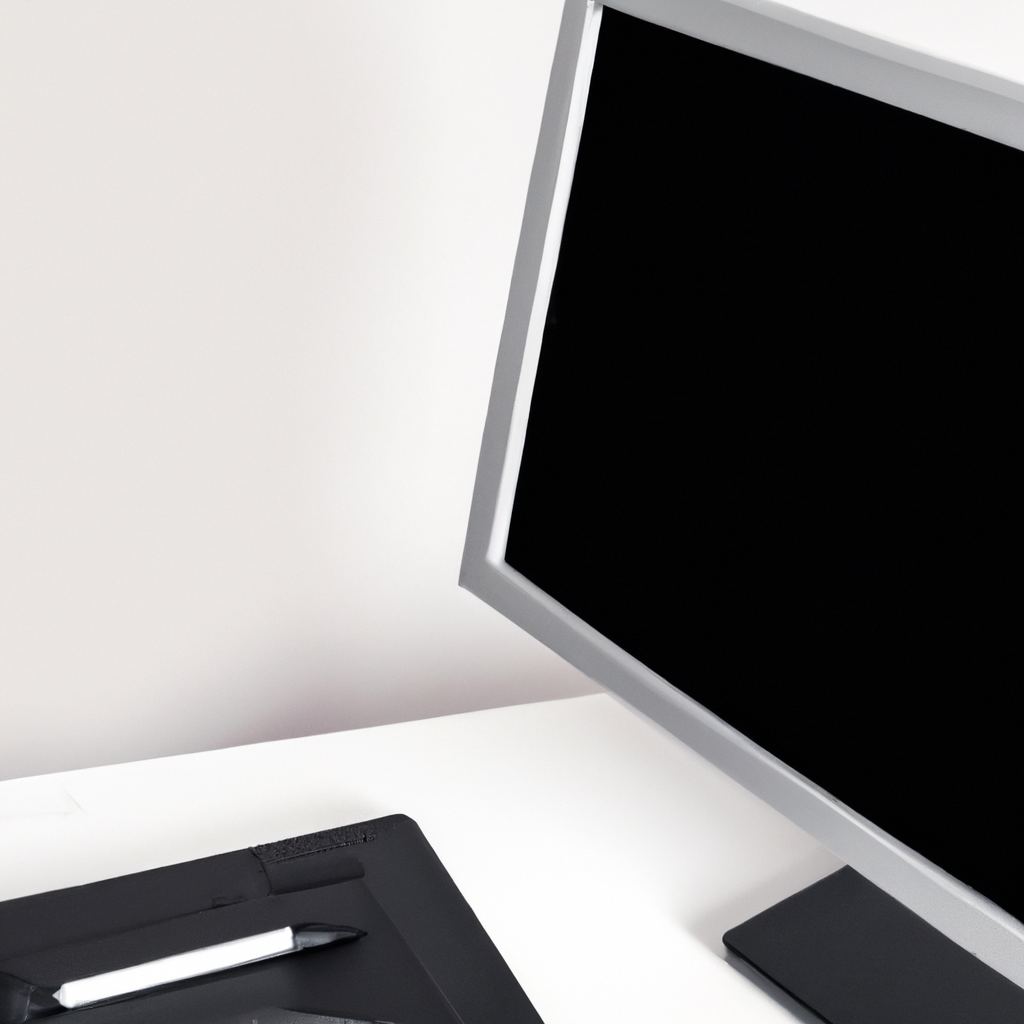
The Magic of Negative Space in Graphic Design
My Fascination with Negative Space
In my journey as a graphic designer, I have come across a concept that initially seemed counterintuitive but ended up being a powerful tool – negative space. It’s an aspect of design that provides a breath of fresh air in a world where overcrowding is common.
The Art of Negative Space
What exactly is negative space? It refers to the empty or open space around the object of a design. It may not contain elements, but it plays an equally crucial part in defining the boundaries of positive space; the space containing the focus of the design. Here’s why negative space is so important:
- Cleaner Designs: Good use of negative space leads to less cluttered, cleaner designs.
- Improved Readability: Applying negative space around the letters and lines can significantly enhance a design’s readability.
- Increased Focus: Negative space can draw attention to the main design element or the ‘positive spaces’.
Utilizing Negative Space Effectively
Negative space utilization can be a bit tricky, but fret not. Here’s how you can get started:
- Embrace Simplicity: The primary aim of utilizing negative space is to create a clean, clear design. This doesn’t mean empty; it means uncluttered. Paring the design down to its essential elements is the first step.
- Breathe Between Elements: Allow generous space between design elements: text, photos, and other graphics. Overly crowded designs can be overwhelming and difficult to comprehend.
- Create Clever Use of Negative Space: Negative space can also be cleverly used to create interesting visual effects. These could be creating a dual imagery effect or leading the viewer’s eye to another perspective.
Spotting the Impact of Negative Space
To truly understand the power of negative space in design, we need to look no further than the world’s leading brands. Apple, known for its clean and minimalist design, makes effective use of negative space. Logos like that of FedEx, with its cleverly hidden arrow in between the ‘E’ and ‘x’, is an example of ingenious use of negative space.
Balance: The Key to Effective Negative Space
It’s crucial to remember that balance is key when playing with negative space. It’s about finding that sweet equilibrium point where your design does not feel too crowded or too empty.
Embrace Negative Space
Mastering the use of negative space in design is a rewarding undertaking. It can transform your designs from good to exceptional, offering clarity and sophistication to your creative endeavors.
In my design journey, negative space has transformed the way I approach my projects. It has reminded me that sometimes, what you leave out of a design is just as important as what you put in. With the right balance and innovative solutions, the power of negative space can truly make your designs stand out. So, embrace the empty space and let your designs breathe!